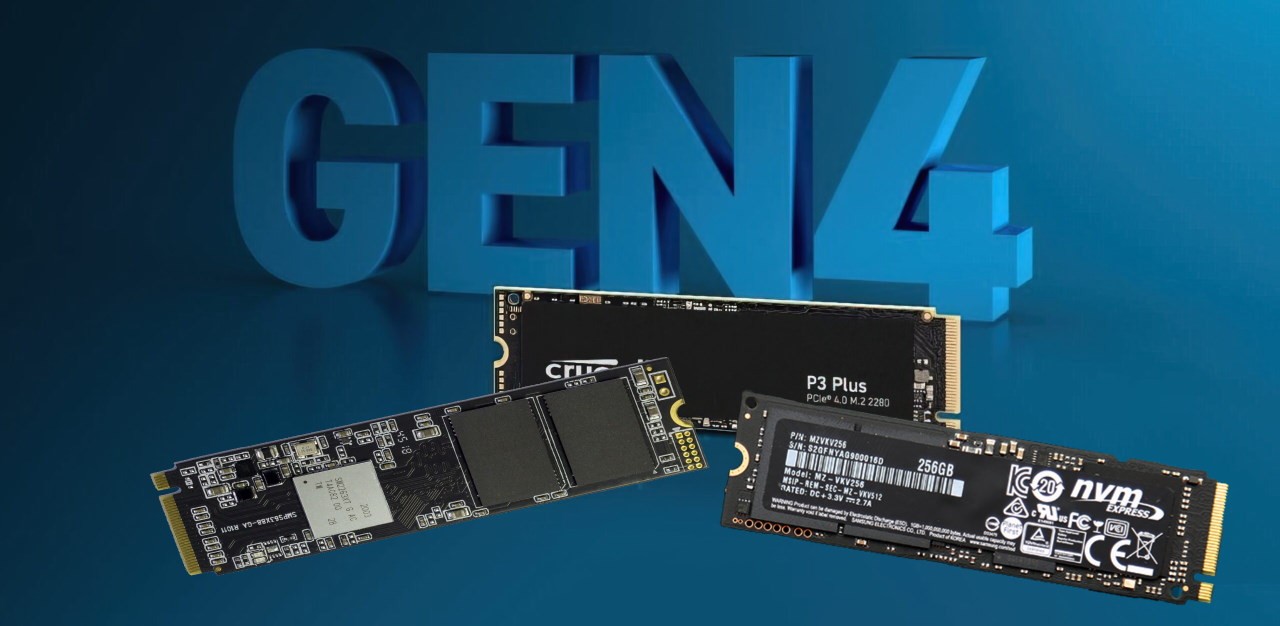

In a word, yes.
In our case we had a client that wanted a large M.2 solid state drive (SSD) installed into a Dell 5550 laptop which has a PCIe gen3. The problem for us was that most current SSD’s are PCIe generation 4 and we didn’t want to be limited to only buying the older PCIe gen 3 SSDs. PCIe Gen 4 M.2 SSDs can be used on a PCIe Gen 3 system, which was good news for our client.
PCIe Gen 4 can operate a double the transfer data rate of PCIe Gen 3:
| Generation | Year of Release | Data Transfer Rate | x1 Lane | x16 Lanes |
| PCIe 1.0 | 2003 | 2.5 GT/s | 250 MB/s | 4.0 GB/s |
| PCIe 2.0 | 2007 | 5.0 GT/s | 500 MB/s | 8.0 GB/s |
| PCIe 3.0 | 2010 | 8.0 GT/s | 1 GB/s | 16 GB/s |
| PCIe 4.0 | 2017 | 16 GT/s | 2 GB/s | 32 GB/s |
| PCIe 5.0 | 2019 | 32 GT/s | 4 GB/s | 64 GB/s |
| PCIe 6.0 | 2021 | 64 GT/s | 8 GB/s | 128 GB/s |
If you are working with ssds, like we are, you’re most likely looking at a device with 4 lanes. So you can take the number in the “data transfer rate” or the “x1 Lane” rates above and multiply it by 4 if you actually wanted to know the theoretical maximum that you would receive.
The PCI Express (PCIe) standard is designed to be backward compatible. This means that a PCIe Gen 4 device can operate in a PCIe Gen 3 system, but it will function at PCIe Gen 3 speeds.
In other words, if you install a PCIe Gen 4 NVMe SSD in a PCIe Gen 3 M.2 slot, the SSD will work, but it will operate at the maximum speed of the PCIe Gen 3 interface. This is because the PCIe interface will use speeds based on the lowest of the two versions for communication.
It’s important to note that while the SSD will be running at PCIe Gen 3 speeds, you are unlikely to experience a significant performance impact if your device is not fully utilizing the available bandwidth. However, if you plan to upgrade your system to support PCIe Gen 4 in the future, purchasing a PCIe Gen 4 SSD now could be a good investment.
This website uses cookies.